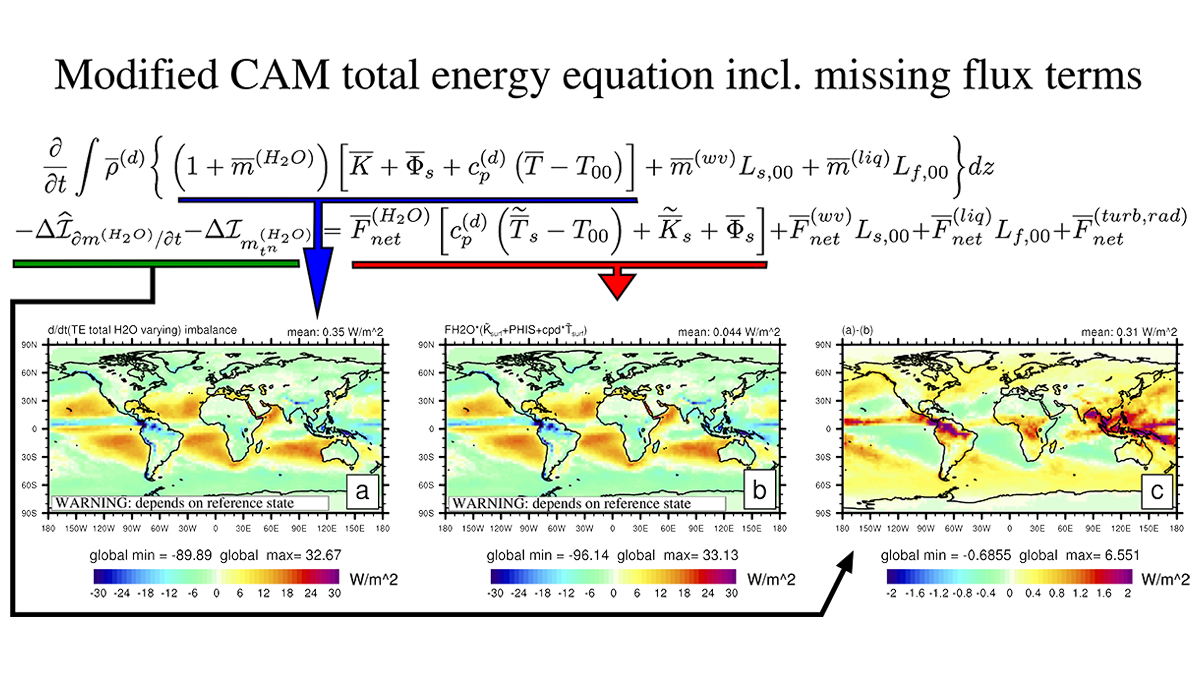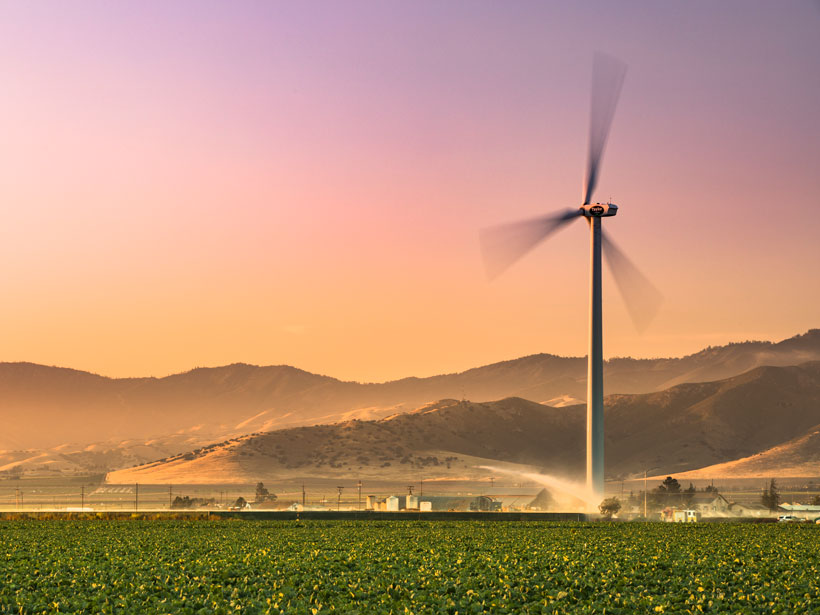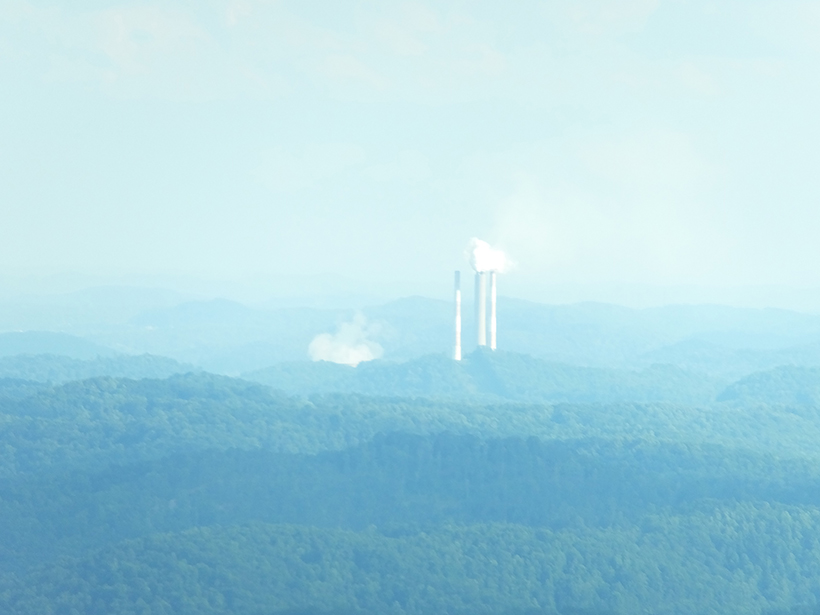Given the unambiguous climate warming in recent decades, is it possible to infer radiative climate feedback from modern satellite measurements of the energy budget of the Earth?
Energy
Abiotic Life and Energy on Water-Rich Rocky Celestial Bodies
The discovery of tiny crystals of the iron-rich hydroxychloride kuliginite in New Caledonia provides new insights into the hydrogen production from mantle rocks and saline water.
Consistently Closing the Energy Budget in Earth System Models
Researchers review the challenges and prospects of Earth System Models that incorporate a consistent closed energy budget.
An Ocean Surface Layer with Potential
The depth of the ocean’s surface mixed layer is typically defined based on density thresholds. However, a more physically appealing definition can be constructed from potential energy considerations.
Adaptation Can Compound Climate Change Impacts on Energy and Water
Researchers have created a framework to trace the impacts of climate change and adaptation across energy and water systems in California.
Solving Shared Problems at the Food, Energy, and Water Nexus
A 15-year-old partnership among Chinese and U.S. scientists studying challenges in our food, energy, and water systems has revealed that solutions are best achieved through international collaboration.
Affordable Clean Energy Rule Threatens Progress of Clean Air Act
The scientific community must act to minimize the adverse air quality and health impacts of relaxed EPA regulation.
Capturing Heat-Driven Atmospheric Tides on Mars
Spacecraft observations and model simulations provide new insights into tidal patterns that transport momentum and energy into the planet’s upper atmosphere.
Hydropower and Bugs
Alpine hydropower plants commonly flush sediment that accumulates at intakes, but the associated rapid rise in discharge, turbidity, and streambed instability put aquatic insects at risk.
Surveys Say Climate Change Is a Top Election Issue for Democrats
As Democratic candidates debate in Miami, Fla., new surveys indicate that climate change and clean energy are among the top priorities for Democratic voters in 2020.










